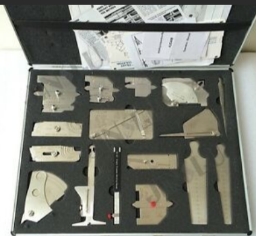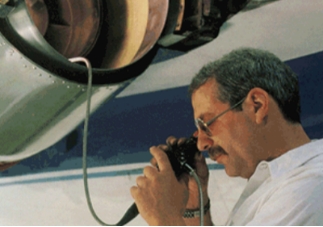Visual inspection is an important way in nondestructive testing. Its effectiveness and economy make visual inspection more and more widely used. It requires inspection engineers to have the following abilities:
1. Mastery of drawing standards
2. Master the overall production process, technology and quality
3. Mastery of relevant documents
The visual inspection conditions meet the following requirements:
1. The recommended light intensity shall not be less than 1000lux.
2. The distance between the inspector's eyes and the inspection surface is 300-600mm.
The auxiliary inspection tools used are:
1. Welding inspection ruler
2. Clearance ruler
3. Offset ruler
4. Magnifying glass (2-5x)
5. Endoscope


Our company currently has a professional team of senior engineers and engineers. The main inspectors are composed of a team of engineers who have been engaged in non-destructive testing for many years, with strong technical ability and rich experience. All inspectors have professional inspection qualifications, including non-destructive testing (ASNT/ISO9712 II/III and national special equipment non-destructive testing qualification II/III), American Association for Materials Performance and Protection (AMPP-Coatings Inspector/Senior Coatings Inspector), welding inspection (CWI, SCWI), International Welding Engineer IWE, API 653, API 510, API 570, API 571, API Quality Engineer, Senior Mechanical Engineer, etc.
The following inspection services can be provided for enterprises:
Penetrant Testing (PT), Magnetic Particle Testing (MT), Ultrasonic Testing (UT), Phased Array (PAUT), Time-of-Flight Diffraction TOFD, Radiographic Testing (RT), Visual Testing (VT), Eddy Current Testing (ECT), Leak Testing (LT), Magnetic Leakage Detection (MFL), Acoustic Emission Detection (AE), Digital Imaging (DR), Real-time Imaging Detection (CR), Alternating Current Field Measurement(ACFM), etc.